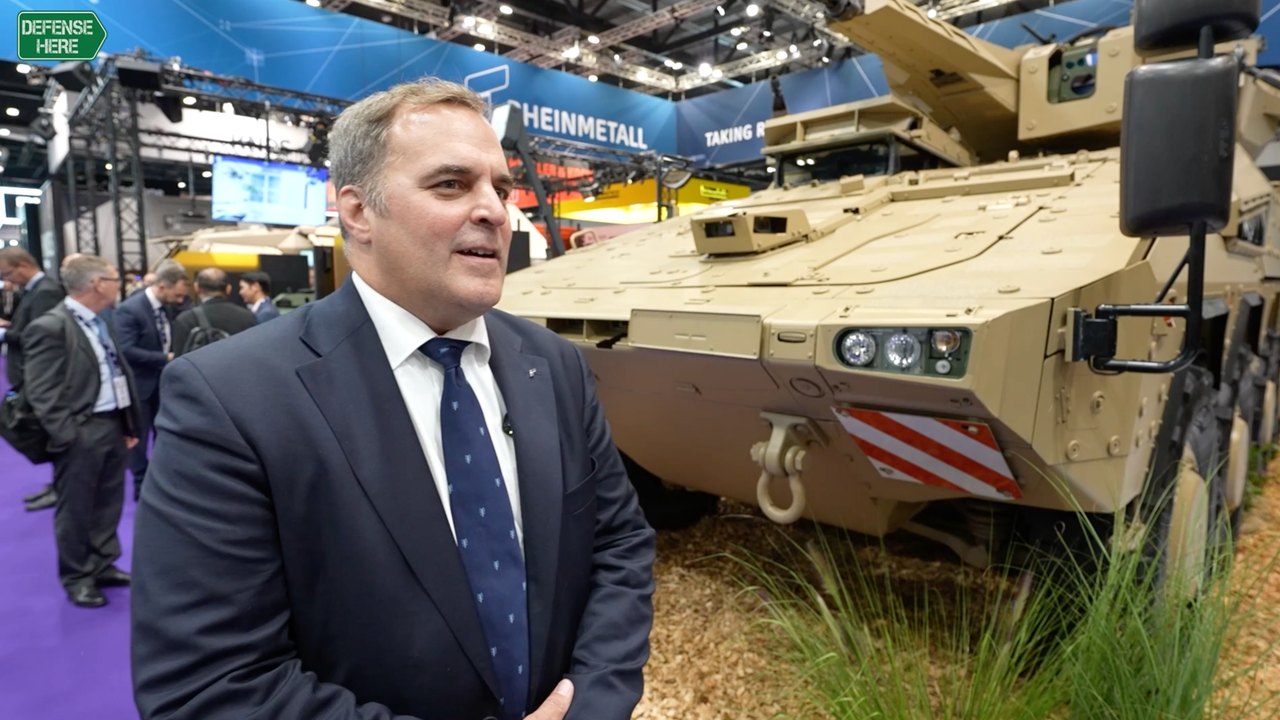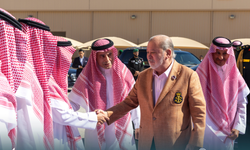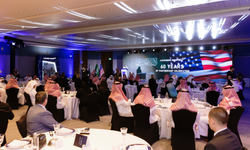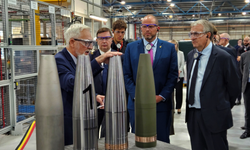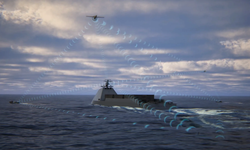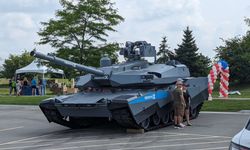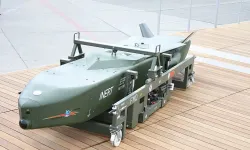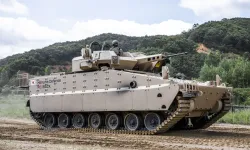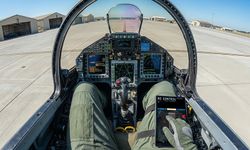At DSEI 2025 in London, Dr. Jan-Phillipp Weisswange, Assistant Head of Public Relations at Rheinmetall, spoke to defensehere.com about the enduring relevance of the Boxer Combat Reconnaissance Vehicle (CRV) and the platform’s modular architecture that continues to define the 8×8 armored vehicle segment more than two decades after its introduction.
Developed under a joint industrial program between Rheinmetall and KNDS through their joint venture ARTEC GmbH, the Boxer family was conceived to provide a single, highly adaptable vehicle platform capable of performing multiple battlefield roles. Its design centers on two interchangeable components; a drive module and a mission module that allow the same vehicle to be configured for combat, command, transport, medical evacuation, or air-defense roles.
“The Boxer we’re showing here is the Combat Reconnaissance Vehicle variant,” Weisswange explained. “It features a two-man Lance turret with a 30 mm automatic cannon and can also be fitted with anti-tank guided missiles. The system’s modularity enables rapid adaptation to different missions, from armored personnel transport to light infantry operations with up to eight dismounts.”
Initially developed in the early 2000s, the Boxer entered service with Germany and the Netherlands before being adopted by several other nations, including Lithuania, the United Kingdom, and Australia. The Australian Army fields the Boxer CRV under its Land 400 Phase 2 program, while the German Army is procuring a slightly modified variant, the Schwerer Waffenträger Infantry as part of its modernization of medium forces.
Over the years, the Boxer platform has evolved from a protected transport vehicle into a multi-role combat asset. Variants include the Boxer RCT30, equipped with an unmanned turret derived from the Puma IFV; the Boxer Lance 2, designed as a heavy infantry fighting vehicle; and the Boxer Skyranger 30, configured for mobile air defense. The system has proven its versatility across climates and missions, with fleets collectively surpassing 500,000 kilometers in operational testing and deployment.
Weisswange emphasized that this modular approach offers significant logistical advantages: “You can operate a pool of drive modules and a range of mission modules, such as command posts, field ambulances, or anti-aircraft gun systems and reconfigure them according to operational demand. That’s what gives Boxer its lasting flexibility.”
As of 2025, more than 2,000 Boxer vehicles are under contract worldwide, with Rheinmetall expanding production in the United Kingdom and Germany to meet growing export demand. The vehicle family now operates in seven nations and new configurations continue to emerge to address evolving battlefield requirements.
Watch the full interview with Dr. Jan-Phillipp Weisswange from DSEI to learn more about Rheinmetall’s Boxer program and its next-generation modular concepts.
